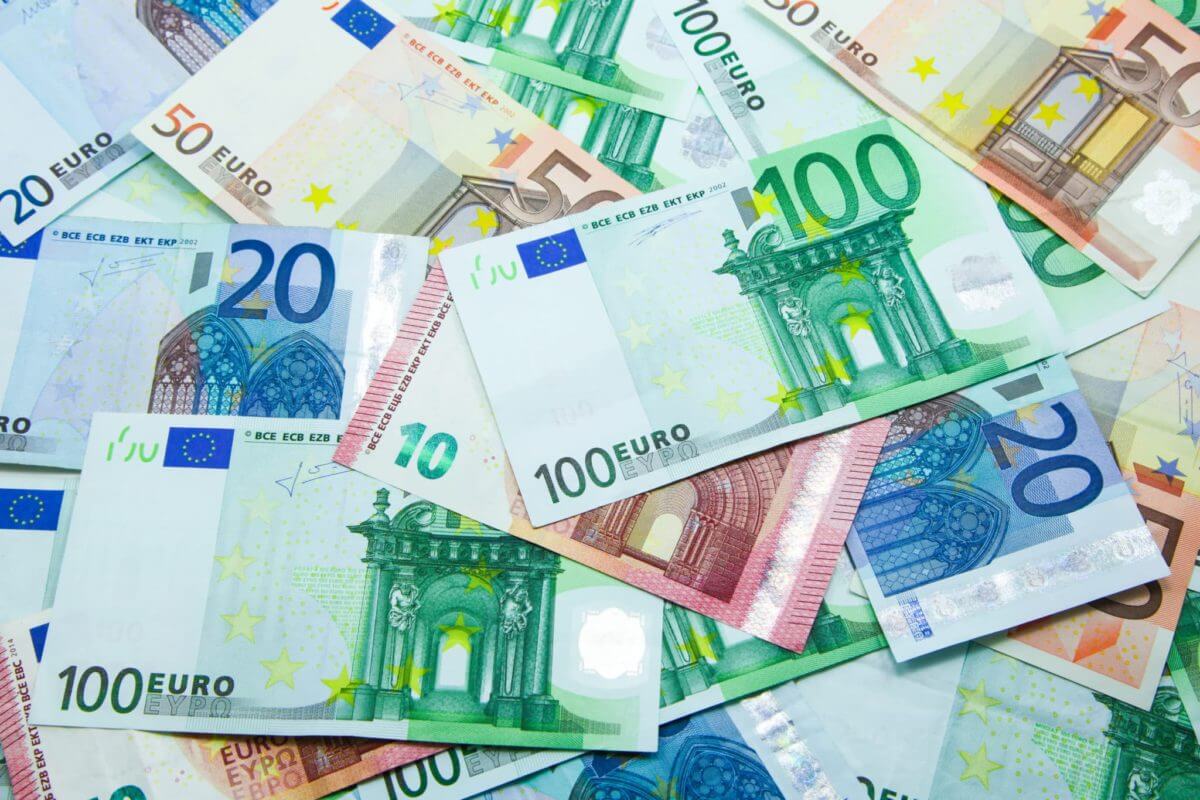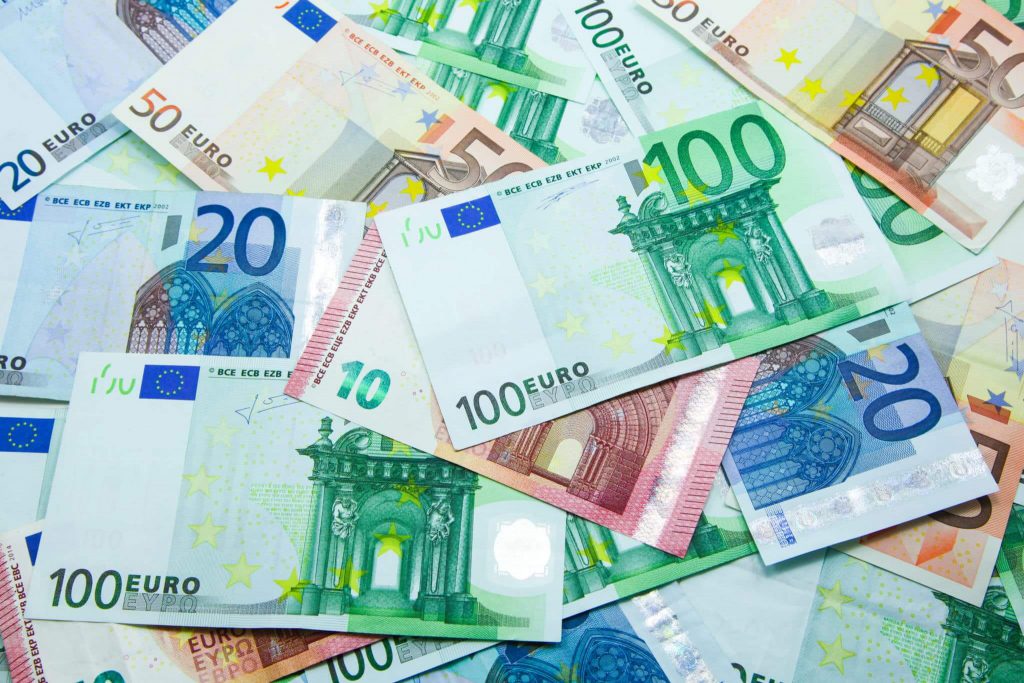
Euro continues to slide toward dollar parity
This week, the euro fell below $1.02, continuing its decline to new 20-year lows and eventual parity with the US dollar.
The euro fell as low as $1.0165 in Europe on Wednesday afternoon before recovering somewhat to hover just above the $1.02 barrier on Thursday morning.
The eurozone’s shared currency has been steadily declining as fears of a recession grow, fueled by increased uncertainty about the bloc’s energy supply, with Russia threatening to limit gas supplies to EU.
The possibility of an economic downturn raises the question of whether the European Central Bank will be able to tighten monetary policy sufficiently to contain record-high inflation.
In a note issued Wednesday, Deutsche Bank noted that the stress points extend beyond the German natural gas shortfall to the larger European energy market, as indicated by France’s EDF announcing more electricity cuts on Wednesday morning.
As the United States enters a technical recession, “safe-haven” moves toward the US dollar may become “much more dramatic,” putting further negative pressure on the EURUSD trade.
One significant factor that might reverse the strengthening of the US dollar is a signal that the Fed is approaching a prolonged pause in its monetary tightening cycle, allowing for the release of some of the risk premium baked into the greenback. The DXY U.S. dollar index is up more than 11% year to date, and it was the last trading slightly below the 107 level.
The bleak forecast for the European economy comes as the European Central Bank (ECB) confirmed its intention to raise interest rates for the first time since 2011, with eurozone inflation at a record high of 8.6 per cent.
Central banks around the world are in a bind as they try to contain inflation without exacerbating economic slowdowns, which the data suggests are on the horizon. The Fed has already begun to tighten, raising its benchmark rate by 75 basis points in June while drastically lowering its growth forecast for 2022.


